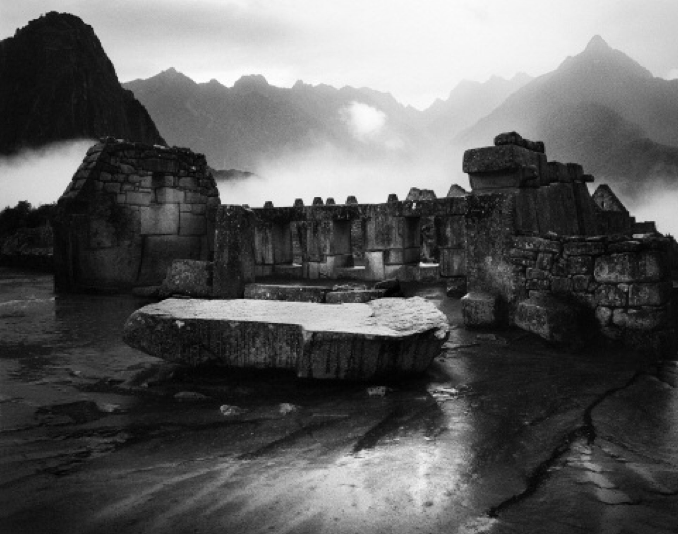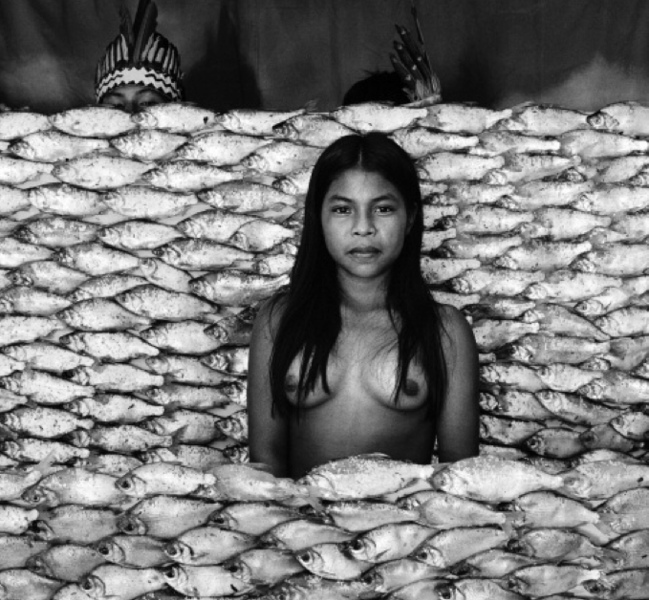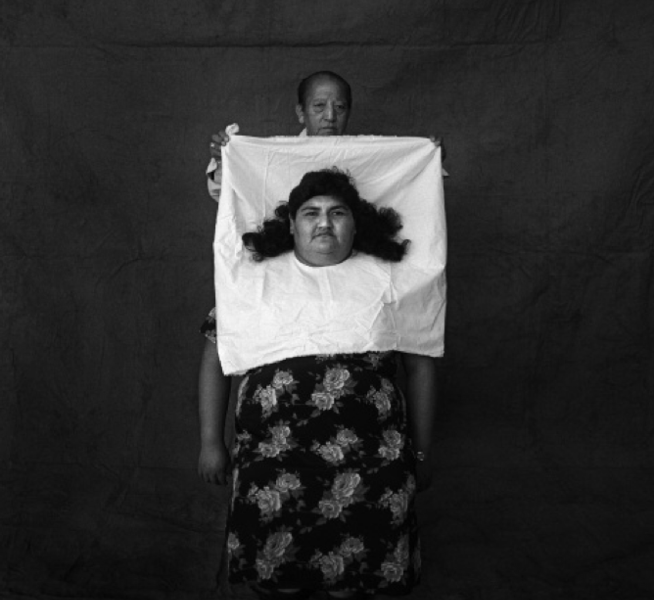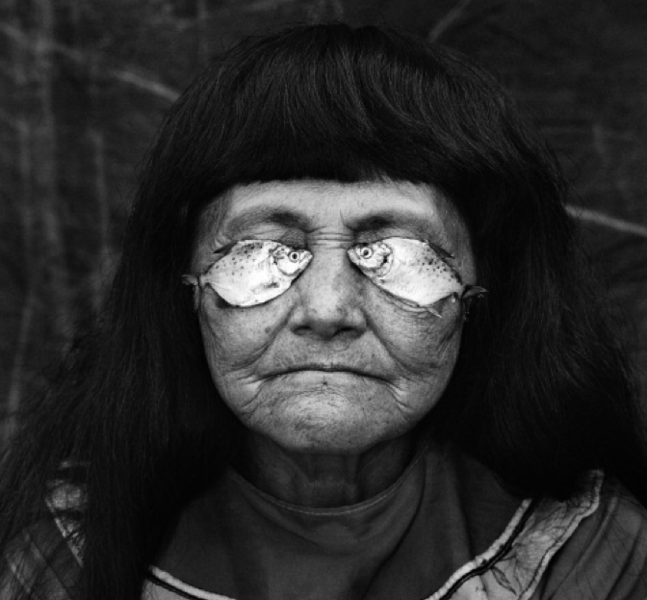Javier Silva-Meinel
Photography As An Emotional Pact
Based on the most traditional photography techniques and devoid of any kind of theatrical trick, the images portrayed by photographer Javier Silva-Meinel (Peru, 1949) manage to convey a powerful emotional and aesthetic energy. An eloquent example of this was the exhibition he staged a few months ago at the new Patricia Ready Gallery, in Santiago, which stirred up the interest of, and gained recognition from Chilean critics, collectors, and the public at large.

In addition to their indisputable technical virtuosity, the impeccable handling of light they denote, and the resolute neatness of their composition, Javier Silva-Meinel’s photographs allow us to perceive the close relationship of complicity that their author establishes with the material his viewfinder captures. This was confirmed by the exhibition he presented recently at the new Patricia Ready Gallery, where he showed 44 analog photographs in rigorous black and white – an option he has remained faithful to throughout his career. Unconcerned with fashion and technological displays, Silva-Meinel mounted an exhibition which, although inscribed within the tradition of auteur photography, conveys an energy of its own that is still fully valid. Twenty-four of the images he showed corresponded to the series of portraits of natives executed in the highlands and jungles of Peru already widely shown around the world. The other twenty photographs had never been exhibited before, and they portrayed landscapes captured in Machu Picchu in which Silva-Mainel successfully maintains the same emotional gaze that characterizes his portraits of people.
This photographer’s oeuvre has developed as an exploration of the roots that transcends the anthropological approach. While it is true that his images present us with a wealth of information about racial types, lifestyles, myths, gestures and landscapes, the focus of the work is not documentary description but rather the subjective re- elaboration of a visual and cultural world. Along this line we can situate, for instance, the Mexican artists Flor Garduño and Graciela Iturbide, who, like Silva-Meinel, are part of the stock of artists represented by Throckmorton Fine Art in New York, one of the most representative spaces for contemporary auteur photography. Included within what might be termed “subjective documentary”, this artist’s work re-states images and meanings that somehow continue to be “silenced” by contemporary Western culture. But, unlike the classic documentary maker, who “sets out” to capture other realities, he embarks on journeys to the interior. That interior is comprised of the forgotten corners and people of his own country, that is to say, it is also his own internal world. His art is no longer the foreign passion for anything that is different; rather, it is the urgent need to recognize oneself in what is preeminently identified with one’s own roots.
The meaning of art as a form of self-knowledge implies placing the emphasis on the process, that is, on understanding that, beyond the aesthetic value of the image, each photograph condenses a long experience of relationships and exchanges between the author and the worlds he portrays. “My work’s process is rather long. I delve into the subjects until I feel I have managed to develop a personal gaze. This can take many months, even years; it is a gradual process of rapport with the reality I aspire to photograph. That is why I visit the place once and again, which allows me to create a complicity with the people I portray,” the artist explains.
Thus, Silva-Meinel ́s images do not only convey an external reality – a landscape or people situated in a given time and space – but they also succeed in transferring that complicity to us. In his famous essay, Camera Lucida, Roland Barthes refers to the “punctum” as an indomitable and rotund gesture that “pricks,” touches and mobilizes us, and that becomes, for us, something like the soul or the DNA of an image. In Silva-Meinel ́s photographs, that punctum is undoubtedly present in the intersection of the gazes as an emotional space in which the photographer observes and is, at the same time, observed.
One of his most significant series is “Piel del Amazonas”, developed in the course of several years in the region surrounding Iquitos, in the Peruvian jungle. It features portraits of local inhabitants, who pose for him as actors in a visual fiction incorporating a series of animals also typical of the area, most of them fish. In order to take his shots, Silva-Meinel set up a fabric background separating the subjects he portrayed from the landscape and created a ritual space that was out of the ordinary. In this space – the space of art as an emotional pact – the rite establishing the relationship between the photographer and his subjects would take place. What is surprising in these photographs is the way in which animals and people merge into hybrid figures referring the viewer to mythological beings that can be traced back to ancient times. Thus, photography transforms beings and elevates them from a merely documentary category to a much wider symbolic category. Through his procedure, the photographer transforms that girl or that indigenous woman living in a remote spot in South America into a universal and currently valid figure, capable of resonating in the imagination of a viewer situated in any other place or time. Going beyond photography as a relational pact, Silva-Meinel’s work manifests the wish to transform and add value to what it portrays. The natives that appear in his photographs do not constitute the exotic and coded piece that is sold to tourists; rather, they are complex and creative beings, who accept taking part in a game proposed by the photographer. In the wider sense of the word, they are people who express their emotionality and their psyche. In fact, in a certain way they are also artists. They have not been “seized” by the photographer’s gaze; they have accepted to participate in the game he proposes, thus becoming co-authors and performers in a visual fiction. In these images, one may sense the strong complicit relationship in which imagination, tenderness, curiosity and humor coalesce. In fact, the most brilliant shots resulting from these photography sessions are the result of the combination of the artist’s ideas, the natives’ ideas, and the intrusion of randomness.
This commitment is evident even when Silva-Meinel confronts the landscape and leads us to discover an unknown Machu Picchu which is not seen in postcards. “I have portrayed Machu Picchu as if it were a living being, as an Apu, that is, a sacred place, with its own personality and character, just as the ancient inhabitants of Peru saw it,” the photographer explains. “My relationship with Machu Picchu almost became human, so to speak. This may perhaps be somewhat difficult to understand for those who have never been to these places where an ancestral bond between man and nature can still be perceived. As is usual with these types of relationships that are outside the scope of Western rationality, I felt that Machu Picchu sometimes gave me something that it denied me on other occasions. So I have made ‘payments’, for such is the name of the offerings to the Earth, a ritual indigenous custom, and I have spoken to her as the poet did.”







